Security Control of Cyber-Physical Systems with Cyber Attacks and Mixed Time-Delays
DOI: 10.23977/jeis.2022.070302 | Downloads: 50 | Views: 1899
Author(s)
Xuan Jia 1
Affiliation(s)
1 College of Electrical and Information Engineering, Lanzhou University of Technology, Lanzhou, 730050, China
Corresponding Author
Xuan JiaABSTRACT
This article is concerned with the security control problem for discrete-time cyber-physical systems with both distributed state delay and time-varying input delay under false data injection attacks. Firstly, by introducing mixed delay and network attack, a polyhedron model is proposed to describe the nonlinear input caused by cyber attacks. Secondly, combined with a piecewise Lyapunov functional and some summation inequalities, sufficient conditions for the exponential stability of the closed-loop system are derived by using linear matrix inequality approach, and the design process of the security controller is given. Finally, an illustrative example is given to demonstrate the effectiveness of the proposed method.
KEYWORDS
Cyber attacks, discrete-time systems, distributed state delay, fast-varying input delay, security controlCITE THIS PAPER
Xuan Jia, Security Control of Cyber-Physical Systems with Cyber Attacks and Mixed Time-Delays. Journal of Electronics and Information Science (2022) Vol. 7: 6-15. DOI: http://dx.doi.org/10.23977/jeis.2022.070302.
REFERENCES
[1] Cao, X., Cheng, P., Chen, J., and Sun, Y. (2012). An online optimization approach for control and communication codesign in networked cyber-physical systems. IEEE Transactions on Industrial Informatics, 9(1), 439-450.
[2] Leitao, P., Karnouskos, S., Ribeiro, L., Lee, J., Strasser, T., and Colombo, A. W. (2016). Smart agents in industrial cyber–physical systems. Proceedings of the IEEE, 104(5), 1086-1101.
[3] Mahmoud, M. S., Hamdan, M. M., and Baroudi, U. A. (2019). Modeling and control of cyber-physical systems subject to cyber attacks: A survey of recent advances and challenges. Neurocomputing, 338, 101-115.
[4] Liu, X., Li, Z. (2016). False data attacks against AC state estimation with incomplete network information. IEEE Transactions on smart grid, 8(5), 2239-2248.
[5] Mousavinejad, E., Ge, X., Han, Q. L., Yang, F., and Vlacic, L. (2019, October). Detection of cyber attacks on leader-following multi-agent systems. In IECON 2019-45th Annual Conference of the IEEE Industrial Electronics Society (Vol. 1, pp. 6243-6248). IEEE.
[6] Sahoo, S., Peng, J. C. H., Devakumar, A., Mishra, S., and Dragičević, T. (2019). On detection of false data in cooperative DC microgrids—A discordant element approach. IEEE Transactions on Industrial Electronics, 67(8), 6562-6571.
[7] Gusrialdi, A., Qu, Z., and Simaan, M. A. (2018). Competitive interaction design of cooperative systems against attacks. IEEE Transactions on Automatic Control, 63(9), 3159-3166.
[8] Wang, J., Ding, B., and Hu, J. (2020). Security control for LPV system with deception attacks via model predictive control: A dynamic output feedback approach. IEEE Transactions on Automatic Control, 66(2), 760-767.
[9] Liu, J., Gu, Y., Zha, L., Liu, Y., and Cao, J., (2019) Event-Triggered H-infinity Load Frequency Control for Multiarea Power Systems Under Hybrid Cyber Attacks IEEE Transactions on Systems, Man, and Cybernetics: Systems, 49(8) 1665-1678.
[10] Lei, L., Yang, W., Yang, C., and Shi, H. B. (2017). False data injection attack on consensus‐based distributed estimation. International Journal of Robust and Nonlinear Control, 27(9), 1419-1432.
[11] Yang, R., Shi, P., Liu, G. P., and Gao, H. (2011). Network-based feedback control for systems with mixed delays based on quantization and dropout compensation. Automatica, 47(12), 2805-2809.
[12] Zhang, C. K., He, Y., Jiang, L., and Wu, M. (2016). An improved summation inequality to discrete-time systems with time-varying delay. Automatica, 74, 10-15.
[13] Da Silva, J. G., and Tarbouriech, S. (2005). Antiwindup design with guaranteed regions of stability: an LMI-based approach. IEEE Transactions on Automatic Control, 50(1), 106-111.
[14] Wang, Z., Liu, Y., Wei, G., and Liu, X. (2010). A note on control of a class of discrete-time stochastic systems with distributed delays and nonlinear disturbances. Automatica, 46(3), 543-548.
[15] Zhou, B. (2013). Analysis and design of discrete-time linear systems with nested actuator saturations. Systems & Control Letters, 62(10), 871-879.
[16] Chen, Y., Wang, Z., Fei, S., and Han, Q. L. (2018). Regional stabilization for discrete time-delay systems with actuator saturations via a delay-dependent polytopic approach. IEEE Transactions on Automatic Control, 64(3), 1257-1264.
[17] Solomon, O., Fridman, E. (2013). New stability conditions for systems with distributed delays. Automatica, 49(11), 3467-3475.
[18] Seuret, A., Gouaisbaut, F., and Fridman, E. (2015). Stability of discrete-time systems with time-varying delays via a novel summation inequality. IEEE Transactions on Automatic Control, 60(10), 2740-2745.
| Downloads: | 13874 |
|---|---|
| Visits: | 588144 |
Sponsors, Associates, and Links
-
Information Systems and Signal Processing Journal
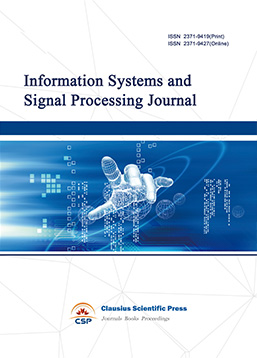
-
Intelligent Robots and Systems
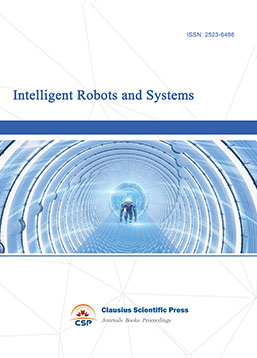
-
Journal of Image, Video and Signals

-
Transactions on Real-Time and Embedded Systems
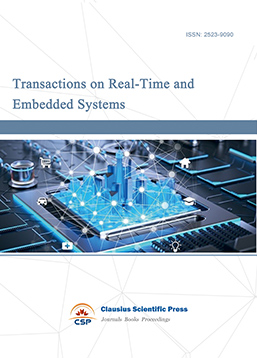
-
Journal of Electromagnetic Interference and Compatibility
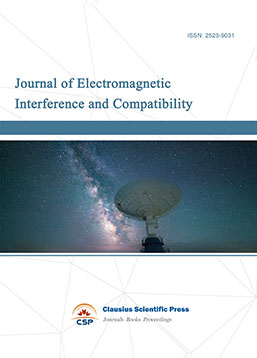
-
Acoustics, Speech and Signal Processing
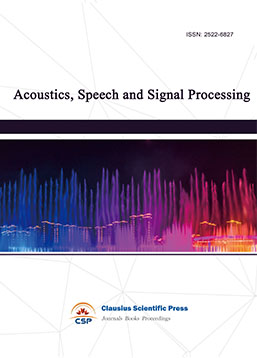
-
Journal of Power Electronics, Machines and Drives
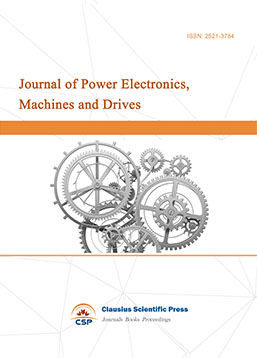
-
Journal of Electro Optics and Lasers
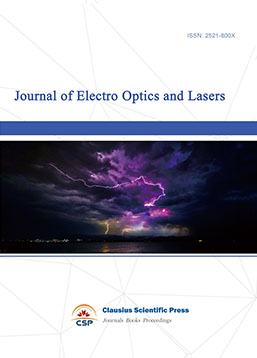
-
Journal of Integrated Circuits Design and Test
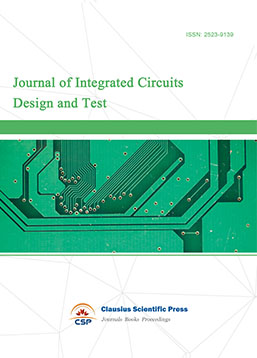
-
Journal of Ultrasonics

-
Antennas and Propagation
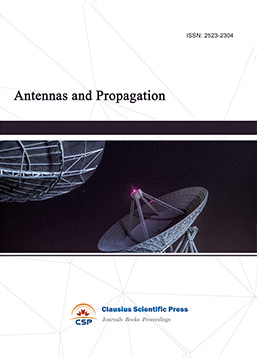
-
Optical Communications
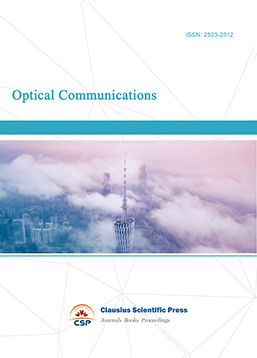
-
Solid-State Circuits and Systems-on-a-Chip
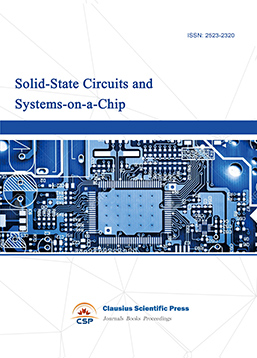
-
Field-Programmable Gate Arrays
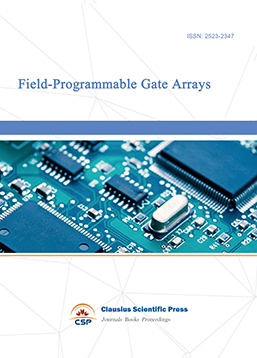
-
Vehicular Electronics and Safety

-
Optical Fiber Sensor and Communication
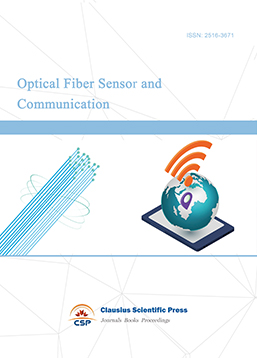
-
Journal of Low Power Electronics and Design
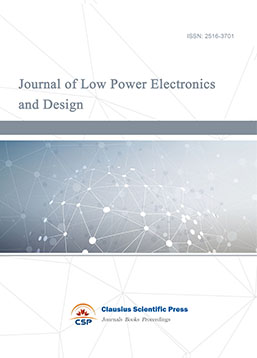
-
Infrared and Millimeter Wave
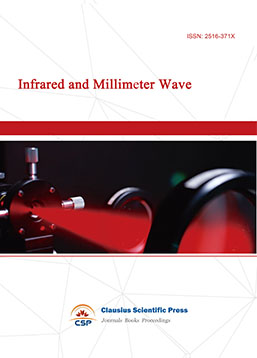
-
Detection Technology and Automation Equipment
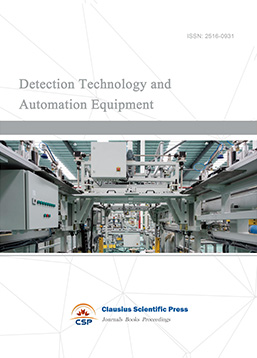
-
Journal of Radio and Wireless
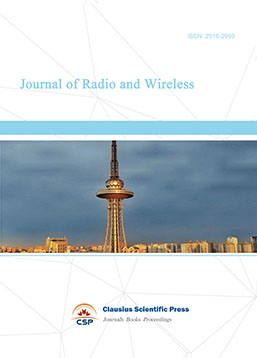
-
Journal of Microwave and Terahertz Engineering
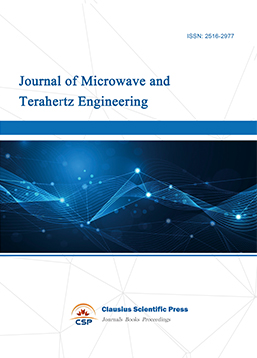
-
Journal of Communication, Control and Computing
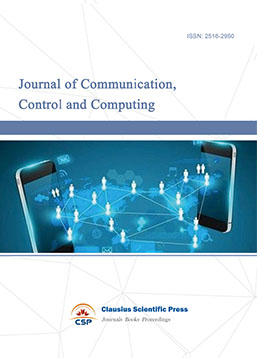
-
International Journal of Surveying and Mapping
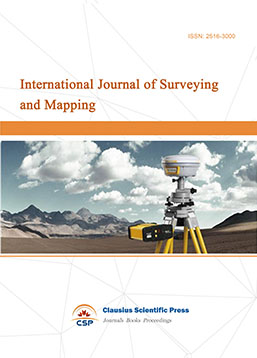
-
Information Retrieval, Systems and Services
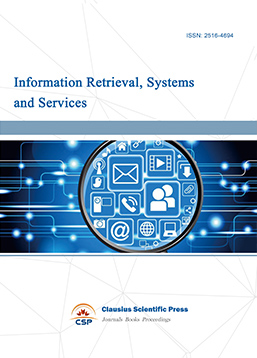
-
Journal of Biometrics, Identity and Security
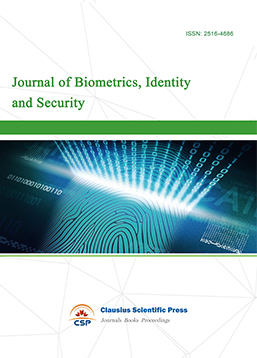
-
Journal of Avionics, Radar and Sonar
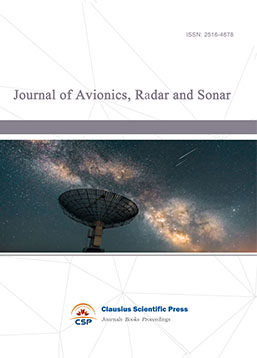

 Download as PDF
Download as PDF